- Home
- Getting Started
-
Treatments
-
Medical Grade Skin Treatments
- Medical Microneedling
- Peels
- IPL Treatments
- Tribella
- Nano-Frac
- Diamond Polar
Skin & Hair Rejuvenation
- LED Light Therapy
- Menopause Management Plans
- PMAC Prescription Skincare Service
- Hair Restore Regimes
Tattoo Management
- Tattoo Removal Management
-
- Shop
- About Us
- Contact Us
Mircrodermabrasion vs Microneedling
So what’s the difference between microdermabrasion and microneedling, and which one might suit you best?
Whilst they sound pretty similar, microneedling and microdermabrasion are actually very different clinical treatments. Medical microneedling is a cosmetic procedure that involves using a small device to painlessly pierce the skin with tiny sterilised needles. Microdermabrasion is a minimally invasive beauty treatment that works by mechanically buffing the skin. Sometimes it is combined with water and called a hydrofacial.
Microneedling works deep into the skin to stimulate collagen production and regulate skin functions. It does this by creating a micro-injury that triggers the vascular network to bring nutrients, oxygen and fibroblast cells (pre-cells to collagen and elastin) to the skin’s surface. One microneedling treatment can increase collagen for up to 2 years! Medical microneedling is an excellent treatment to reduce the appearance of scars, pore size, fine lines and wrinkles, treat acne/problematic skin, increase collagen and elastin, regulate pigment production and increase hair growth for people with alopecia.
Microdermabrasion on the other hand manually exfoliates the skin’s surface, by either the use of diamond tips or tiny crystals that are propelled onto the skin. This reduces dullness and allows products to penetrate deeper in the skin.
Both treatments can target similar skin concerns; however the results from microdermabrasion tends to be more limited. In the aesthetics industry, over not-so-recent years, thoughts on skin health had a major focus on exfoliation - we believed that the more we exfoliated your “dead skin cells” the more your baby cells would be revealed and the faster the skin cells would regenerate. This is true to an extent, but research as come a long way and we now know that those surface cells are not dead at all, they have a major purpose in skin health. Our surface cells protect from pollution and UV rays and create a watertight barrier, preventing trans epidermal water loss (TEWL). Excessive exfoliation, especially when done manually, can cause dehydration in the skin and it can eventually lead to aging.
Microdermabrasion has its place in our industry, mainly for a VERY thick and sun-damaged skin, best used as a preparation for other treatments that should immediately replace hydration and increase cell function. When it comes to exfoliation, we at PMAC prefer to use AHA’s and BHA’s which over time, gently dissolve the bonds that hold the cells together, allowing a more natural exfoliation process.
Keeping your skin cells healthy, nourished and protected, including those on the surface, is the key to aging gracefully. Microneedling treatments can provide this by activating the skin processes that increase cell turnover and communication. For microneedling treatments at PMAC, our dermal therapists use the Dermapen 4™ device, a medical microneedling device with disposable needle cartridges, which minimises the risk of infection and cross-contamination. We use anaesthetic before your treatment which allows us do provide microneedling at a medical grade, which sets us aside from most other Dermapen providers.
While both microneedling and microdermabrasion are quite different, both have their place in the field when performed appropriately. Our dermal therapists at Port Medical Aesthetics are passionate about skin treatments backed by current research. We believe that healthy skin is imperative to a rejuvenated appearance, and medical microneedling is one of our most popular skin treatments. If you’d like to learn more about what microneedling can do for you, get in touch.
Get Started





